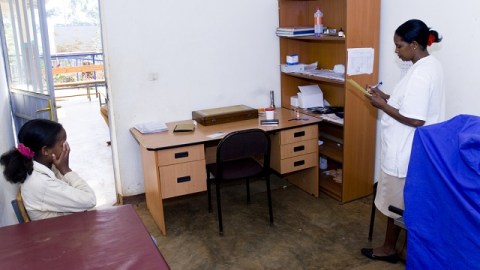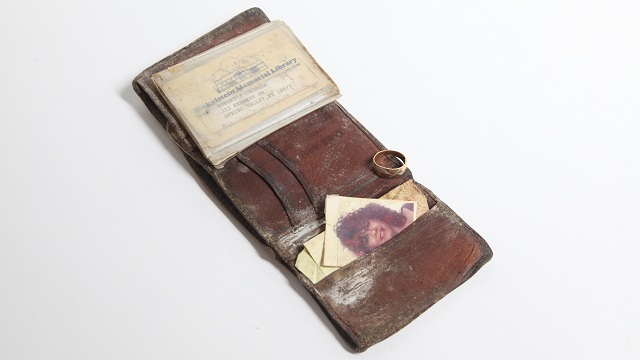Sterilizing Medical Instruments With The Sun’s Help

What’s the Latest Development?
Rice University’s Naomi Halas and colleagues recently presented two prototypes of autoclaves — sanitation devices commonly used in medical environments — that could benefit clinicians and others in developing countries without regular access to electricity. They use a unique process in which metallic nanoparticles put into water are heated by focused sunlight and carry a layer of steam up to the surface before sinking back into the water. The resulting “solar steam” produced by the autoclaves reached temperatures between 239 and 270 degrees Fahrenheit, and remained long enough to sterilize items in conformance to FDA guidelines.
What’s the Big Idea?
Typically autoclaves need electricity in order to work; without it, medical professionals rely on expensive chemicals to disinfect instruments. The solar steam autoclaves represent the first practical applications of a technology that uses sunlight to produce germ-killing steam without boiling the entire container of water. Other possible uses include extracting purified distilled drinking water from salty or contaminated water and creating steam to power small electric turbines. Halas discussed her team’s work at the opening of the American Chemical Society’s 246th National Meeting and Exposition, which ends tomorrow (Sept. 12).
Clive Chilvers / Shutterstock.com





